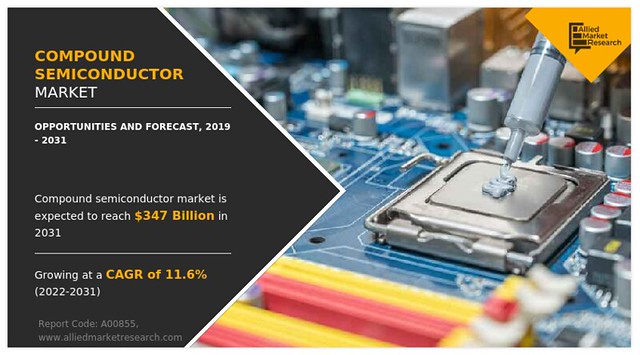
Semiconductor Diode in Electronic Devices
Semiconductor Diode in Electronic Devices
Introduction:
Semiconductor diodes play a crucial role in the world of electronics. They are essential components used in various electronic devices, such as power supplies, computers, televisions, and radios. In this article, we Solid-state diode will explore the manufacturing process, characteristics, advantages, usage methods of semiconductor diodes.
Manufacturing Process:
A semiconductor diode is made by creating a PN junction within a semiconductor material. This junction is formed by doping one side with impurities that introduce either an excess or defic semiconductor diode iency of free electrons. The two ends of the resulting crystal are then attached to

metal leads to form connections.
Characteristics:
A signal diode, also known as a solid-state diode or PN junction diode has several distinguishing characteristics. It allows current flow primarily in one direction while offering high resistance in the reverse direction. Additionally, it has fast switching speeds and low forward voltage drop.
Advantages:
The use of semiconductor diodes brings numerous advantages to electronic circuits. Signal diode First and foremost is their ability to efficiently convert AC voltages into DC voltages through rectification processes using rectifier diodes.
Furthermore, these types of diodes exhibit exceptional reliability due to their solid-state construction without any moving parts like electron tube equivalents (e.g., vacuum tubes). With no filament required for operation and a much smaller physical size than electron tubes had developed previously – eases concerns regarding semiconductor diode durability during transportation or operation.
Usage Methods:
One common application for semiconductor diodes is signal processing within audio amplifiers where they allow only positive waveforms through while negating negative ones – thus preserving sound quality better than other alternatives available at present ti

mes can provide us with!
Another key use case comes from digital logic systems often found today across many consumer products: TVs/appliances; computers/tablets/cell p PN junction diode hones all utilize semiconductors’ vital essence too! These complex arrangements $\dots$
How to Select Semiconductor Diodes:
When choosing a semiconductor diode for your specific application, it is essential to consider certain factors. Firstly, analy semiconductor diode ze the maximum forward current and voltage requirements of your circuit. Ensure that the selected diode can handle these specifications.
Next, evaluate the switching speed needed for your project. Some applications demand high-speed diodes to achieve optimum performance. Others may work just as well with standard speed options.
Lastly, take into account any additional features you may req semiconductor diode uire in a diode, such as temperature stability or low leakage current.
Conclusion:
In conclusion, semiconductor diodes are indispensable components in modern electronic devices. Through their manufacturing process and characteristics like signal processing capabilities and rectification properties offered by various types including signal/solid-state/PN junction/rectifier ones $\dots$ we have examined their significance across dif semiconductor diode ferent applications such as audio amplifiers and digital logic circuits used today!
With proper selection based on parameters like forward current/voltage capability; switching speeds desired then evaluated along other aspects considering semiconductor diode project’s needs (temperature stability /low leakage) – one ‘ll surely find right fit concluding this journey – equipped with knowledge required $\dots$

